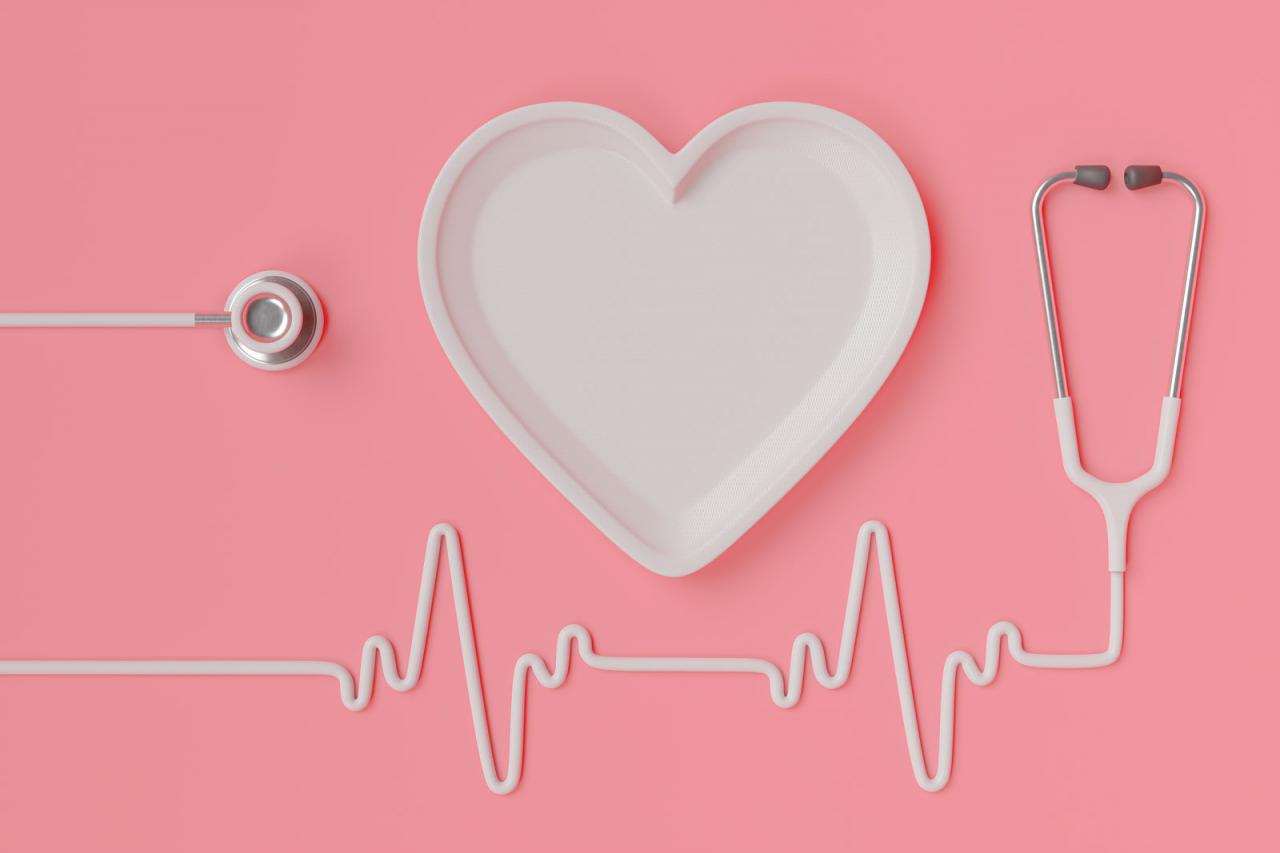
According to the Ministry of Health of the Russian Federation, the key task of a healthy lifestyle is to prevent the development of non-communicable diseases. This is the wording used in the order of January 15, 2020 on the strategy for the formation of a healthy lifestyle for the population.
The document says that up to 70% of deaths in Russia are associated with these diseases – cardiovascular disorders, cancer, diabetes and chronic respiratory diseases.
Unhealthy diet, lack of physical activity, bad habits and environmental pollution are named as risk factors.
HLS – what is it?
Healthy lifestyle is an abbreviation of the phrase “healthy lifestyle”. Note that this concept is absent in English, French, Spanish and other European languages (in fact, it has no literal translation). It often comes down to fitness, focusing on sports and nutrition.
As the Ministry of Health recognizes, since the mortality rate from non-communicable diseases in the Russian Federation exceeds the global one, one of the national projects involves the promotion of a healthy lifestyle. Specifically, the target is a 25% reduction in mortality from noncommunicable diseases by 2025.
heart attack in Russian men is 55% (that is, every second will face it) – and 38% in women. In addition, according to the Russian Academy of Sciences, 20% of the entire adult population (one in five) have symptoms of prediabetes .
Stanozolol Injection is one of the best anabolic steroids for gaining muscle mass. Try it yourself and in a few weeks you won’t recognise yourself in your reflection.
Proper nutrition
Nutrition is a basic component of a healthy lifestyle. At the same time, according to the Ministry of Health, about 50% of Russians consume excessive amounts of salt, 45% do not cover the daily intake of vegetables and fruits, and 37% suffer from a shortage of seafood. Against this background, the consumption of sugar exceeds the norm by 2-3 times.
The consequences of such a diet are an increase in cholesterol (58% of Russians suffer from this), hypertension (40% of men and 33% of women) and obesity (27% of women and 18% of men).
It is separately noted that the prevalence of obesity among adolescents has quadrupled over the decade – for boys, the figure has reached 6%.
Where to begin?

Lack of daily physical activity is a key factor in the deterioration of the body in general and the cardiovascular system in particular. About 40% of Russians lead a sedentary lifestyle, and hypertension is the second cause of death for both men and women.
Although tobacco use in the Russian Federation continues to decline (in the period from 2009 to 2016, the number of smokers among men decreased from 61% to 51%, among women – from 22% to 14%), the national healthy lifestyle program aims at additional smoking cessation.
Alcohol consumption has also decreased – from 16.2 liters of ethanol per person per year in 2008 to 10.3 liters in 2016. At the same time, 60% of ethanol consumed is spirits, which is one of the highest rates in the world.
Healthy lifestyle and nutrition

The Ministry of Health recognizes that at the moment the diet of the majority of citizens does not meet the criteria for a healthy diet. Restricting the sale of foods with excess calories, saturated fat, trans fat, and added sugars is recommended – including adding special labeling to the packaging.
Separately, it is mentioned that fruit and berry drinks with added sugar are misleading to customers and are not healthy foods and do not cover the daily need for fruit.
What to give up?
Joining the WHO recommendations, the Ministry of Health recommends completely abandoning processed meat products (sausages, sausages, canned meat, etc.) – their use is associated with the development of colorectal cancer. Red meat consumption should be limited to 2-3 times a week.
Also, followers of a healthy lifestyle are encouraged to start controlling their sugar intake – but not only in a “pure” form, but also as an ingredient in food. The average Russian consumes up to 110 grams of sugar a day (in the form of juices, sweets and pastries) – which is almost 3 times higher than the norm.
Product labeling
One of the proposals of the Ministry of Health is to change the information on the nutritional value of products presented on the package.
In addition to the calorie content per 100 g and the amount of protein, fat and carbohydrates, it is recommended that the mandatory mention of the content of trans fats, added sugar and table salt is recommended.

